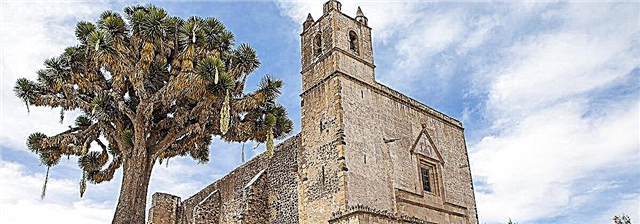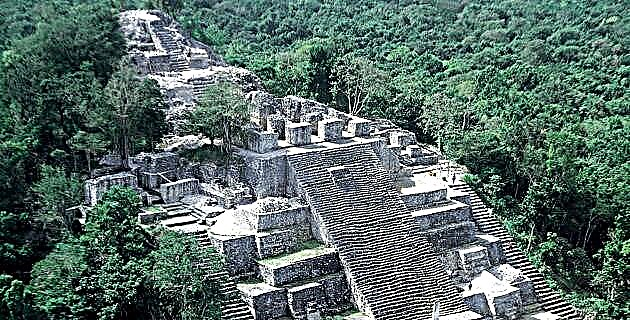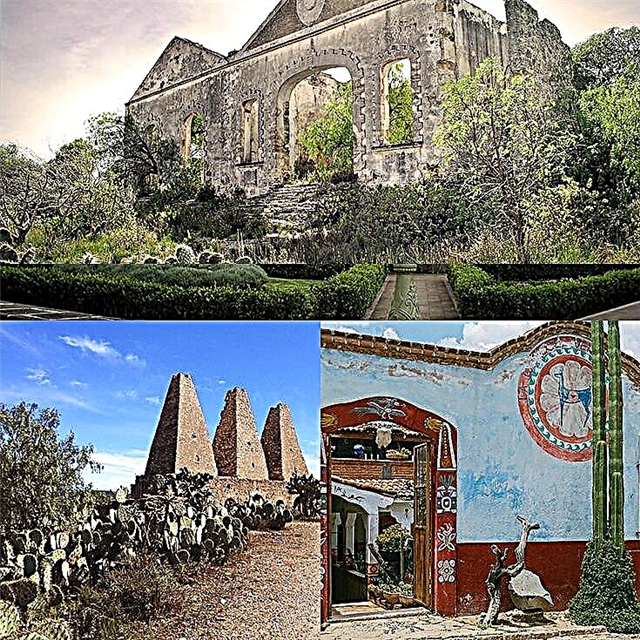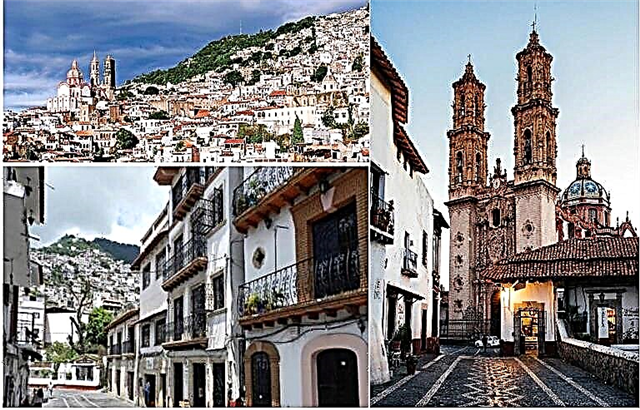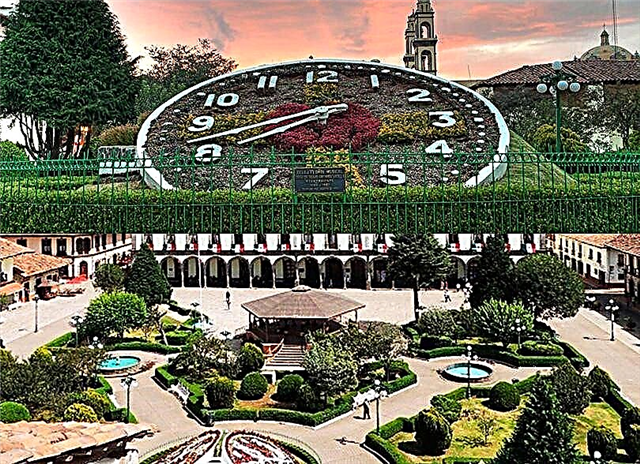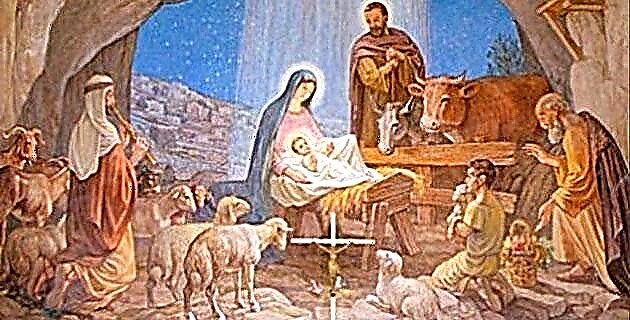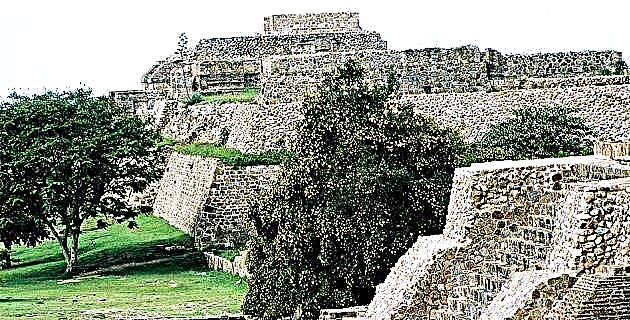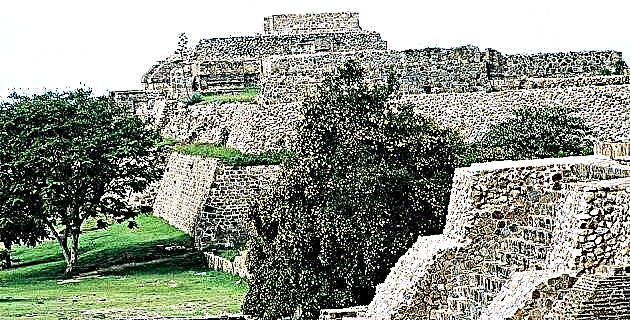
Large villages, such as Tomaltepec, El Tule, Etla and Xaguía would send their representatives to the meeting, to be held in the village of Mogote, where they had already built a large room made of stone and adobe, especially for this type of assembly.
In Mogote the chief was very impatient; he had had to sweep the room, polish the floors with mud and the walls with fresh lime; He had had enough tortillas, beans and chocolate made, because in some way the meeting was like a party; the commissioners from the other villages would come to celebrate an important event that would change their destinies.
The meeting of the principals had been announced with snails, drums and shawms; now was the time to receive them, them and their retinues.
At last they were arriving, all carrying offerings and asking their gods for permission to step on foreign land. One by one they handed over their simple offering to the Lord of Mogote: mole casseroles, tortillas, cocoa, blankets and copal, to start the meeting with a good reception.
Already installed in the great house, the old men spoke:
“It is time to reunite our villages into one, we must not remain separated because we are easily defeated by nearby enemies; We must find a central place from there to unite our strength and power, The end of this millennium is near and the books say that we must change to start a new era, full of power and strength, and there is no clear indication of where the new neighborhoods must be united ”.
Another said: “You bosses, who are young now, may feel that there is no reason to rush, but it is our destiny; if there is union there is power, there is strength. But it is not an imaginary power, you have to work a lot, and to achieve it, let us all make an effort to achieve that union. The gods have spoken, they do not lie and you know it; In our villages we know everything, how to build, hunt, sow; we are also good merchants and we speak the same language. Why should we stay apart? The gods have said, we must unite the villages if we want to be great.
A chief asked: “How, wise old men, should we make that union? How are our peoples going to respect us? Who is going to want to be less in a common village?
The oldest answered: “I have seen in my life many peoples like ours and many families like ours; they are all good, great and noble, but they do not have a heart. that is what we must do, the great heart of our peoples, the heart of our lives, of our children and of our gods. Our gods and goddesses deserve their place, there, near heaven, together with the peoples and people, do not impose how much it costs to do it, for that we have our hands, our strength and knowledge. We are going to make the heart of our peoples bigger! Respect is going to come from that great achievement ”.
With the approval of the attendees, the great alliance between all the villages of the Valley of Oaxaca had already been agreed to achieve a common goal: to make the capital of the Zapotec world.
Then they set about the task of looking for the best place and found it in the mountain range that forms the west of the Valley, where it was probable that people from other towns wanted to attack, in the Cerro del Tigre.
In the villages, everyone was the same, they worked, planted and lived together, except the chief, he was in charge of visiting and thanking the gods, so the principals themselves organized their best architects to plan the city that would be the heart of the Zapotec world. .
This event happened 2,500 years ago. All the villages of the Valley, large and small, were engaged in the enterprise of building their capital. This turned out to be a great city, with enormous spaces to build in the future, since the Zapotecs knew that their people would last for many centuries, it was a race called to transcend posterity.
The result of this alliance of important villages was Oani Báa (Monte Albán), the great Zapotec city, which all the communities recognized as the heart of the world, shared with their racial brothers in the Valley of Oaxaca.
As soon as they were appointed, the new rulers of the city decided to carry out warlike campaigns to ensure that other peoples collaborated with the great construction project and provided the labor, materials, food and, above all, water such as the most appreciated item. In order to obtain it, it was necessary to bring it carrying jugs and pots from the Atoyac river; For this reason, during the construction, long lines of people were observed raising the water up the mountains that lead to Monte Albán.
Along with the building of the city, a new way of ruling had begun, the chiefs of the villages were subordinate to the new rulers, who were the wisest because they were priests and warriors. They were to control from then on the destiny of the city and the towns of the Oaxaca region, they represented the power of the new Zapotec world.
Source: Passages of History No. 3 Monte Albán and the Zapotecs / October 2000

